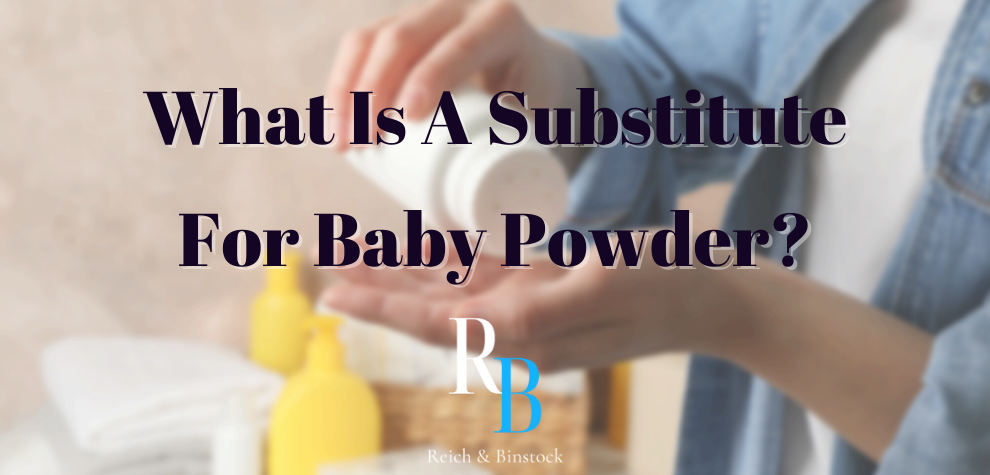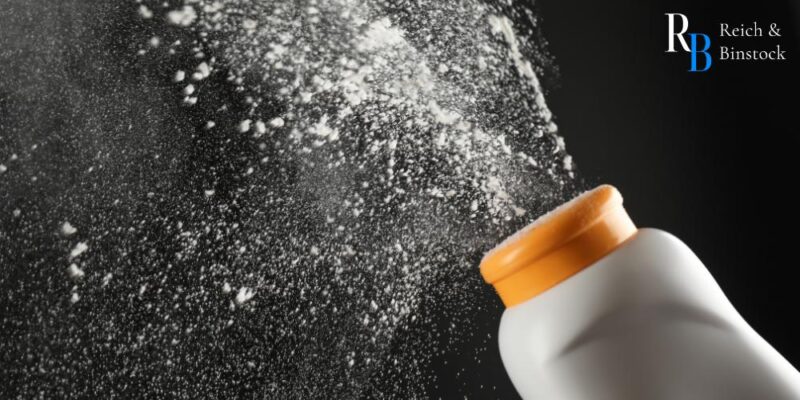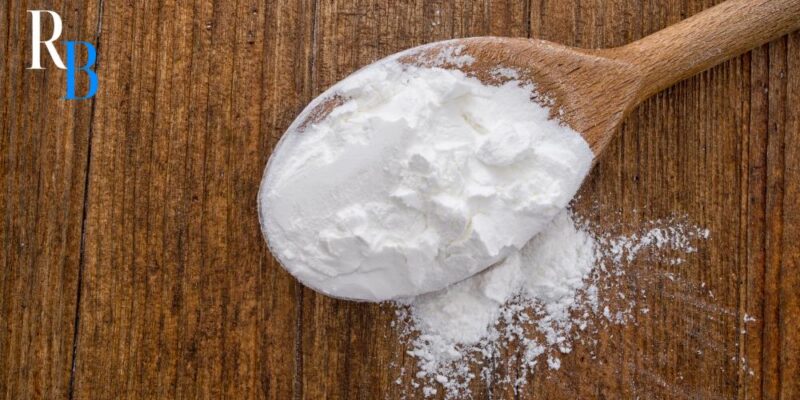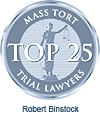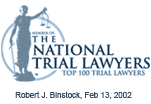The use of baby powder as a household hygiene product has a long history. Johnson & Johnson created the original “baby powder.” In fact, the company is known worldwide as the “baby company.”
Medicated plasters and medical items were among the company’s first offerings. After several patient complaints that the plasters irritated their skin, they received little containers of skin-relieving Italian talc. These patients quickly noticed that talc helped ease diaper rash and informed Johnson & Johnson. After that, the rest is history.
Johnson’s Baby Powder was first introduced in 1893 and became accessible to consumers the following year. A metal tin with an orange and white label that read “toilet and nursery” contained the first baby powder sold to consumers.
Johnson & Johnson began promoting talcum-based baby powder to women and small children in the early 1900s. Its cosmetic uses quickly gained popularity. Using multimedia advertisements to appeal to women, the company built the baby powder brand.
This brand of baby powder is no longer available for sale. Consumers, aware of talc’s risks, want a talc-free powder. So, why are consumers shying away from this well-known household product and looking for a substitute for baby powder?
Contact the products liability lawyers Houston at Reich & Binstock if you’re suffering a serious disease from the use of talcum-based powder.
What Is Baby Powder Used For?
The first use that comes to mind is preventing or treating diaper rash on infant and baby diaper areas. Adult men and women use baby powder on various parts of their bodies for rashes, friction, and elimination of body odor. It’s used as a dry shampoo and an odor remover from shoes as well. Many beachgoers also use it to remove sand that’s stuck to the skin.
Talc has historically been the main ingredient in baby powder. Face, body, and infant powders are the most frequent cosmetic uses for talc, but it’s also found in color cosmetics, soap, toothpaste, antiperspirants, chewing gum, and medication tablets.
What Does Baby Powder Do?
Baby powder, as with many body powders, has multiple uses. People primarily use it for its ability to remove excess moisture from the body and to reduce friction. Specifically, it helps prevent diaper rash for babies. It also acts as a deodorizer and has feminine hygiene uses.
Is Baby Powder Safe?
Formed from the mineral talc, talcum is one of the key ingredients in baby powder. Talc alone is unquestionably hazardous, as research has connected it to cancer on numerous occasions. Since the early 1970s, studies have specifically linked talc-based baby powder and ovarian cancer, according to the Food and Drug Administration (FDA). According to reports from Reuters and the peer-reviewed journal Epidemiology, industry groups minimized concerns about talc and ovarian cancer.
However, the government-sponsored a study of 250,000 women and published the results in the Journal of the American Medical Association (JAMA) in January 2020. The study showed no major evidence of a link between baby powder and ovarian cancer. It’s worth noting, though, that there was no distinction between talc-based baby powder and other baby powders manufactured with cornstarch or other alternatives.
Other studies, using a different method than the JAMA study, revealed “a slight increase in risk” for ovarian cancer when women apply talcum powder on their genitals, according to the American Cancer Society.
In addition, tainted talc has ties to mesothelioma, a rare cancer generally associated with asbestos. That’s according to research published in October 2020. Talcum naturally occurs near asbestos. In the past, the powder contained asbestos-tainted talc, but the modern powder does not.
The International Agency for Research on Cancer, which is part of the World Health Organization, designates talc as a possible carcinogen.
Is Baby Powder Safe for Babies?
Whether baby powder contains talc or not, pediatricians advise parents not to use it. Baby powder dries out mucosal membranes and causes pneumonia, asthma, pulmonary talcosis, lung fibrosis, and respiratory failure.
Safer talc-free powder options exist. But regardless of available alternative powders, the main message is that inhaling any powder is dangerous. This holds especially true for preterm babies or people with heart problems or asthma.
However, when using powder to prevent diaper rash, pediatricians recommend keeping it as far away from the baby as possible. Pediatricians advise using a small amount and putting it on your hands and transferring it to the child, or sprinkling it gently.
Johnson & Johnson’s Baby Powder
Thousands of talcum powder lawsuits exist against Johnson & Johnson, alleging the company’s talc-based products — Johnson’s Baby Powder and Shower-to-Shower — caused ovarian cancer and mesothelioma. The company recalled close to 33,000 bottles of baby powder in October 2019 after the FDA found asbestos in one of the tested bottles.
In 2020, Johnson & Johnson voluntarily stopped selling talc-based baby powder in the United States and Canada.
Talcum Powder
According to the FDA, talc is a naturally occurring silicate mineral made of magnesium, silicon, oxygen, and hydrogen. It’s the world’s softest mineral. With a structure similar to asbestos, the two are near each other in mines.
There are two types of talc, according to the Cosmetic, Toiletry, and Fragrance Association: industrial talc, commonly used in automotive plastics and rubber, and cosmetic talc.
Baby powder historically contained cosmetic talc. According to the FDA, it’s used in makeup like eye shadow, blush, and foundation to absorb moisture, make cosmetics opaque, and improve the product’s texture.
Is Baby Powder Talcum Powder?
Not all baby powders are made with talcum powder. While talc was a staple in baby powder products for many years, most popular brands now opt for pure cornstarch. Brands made the switch to corn starch and other alternatives to talcum powder after extensive research linked talc to an increased risk of cancer.
What to Use Instead of Baby Powder for Babies
Because talcum powder use has drastically decreased in recent years, many parents and other consumers have turned to other alternatives. Corn starch is the most widely used alternative, but there are many other alternatives as well. Some examples include tapioca starch, arrowroot powder, oat flour blends, cosmetic clay (such as kaolin), and rice starch.
Essentially, parents can use any of the popular baby powder alternatives in lieu of baby powder and talcum powder. It’s important to remember that certain alternatives also have their own risks, so one should carefully research which replacement will work best for their needs
Substitute For Baby Powder
The discovery of the talcum powder and cancer link resulted in many brands pulling products from store shelves and consumers filing thousands of talcum powder cases.
Now, shoppers want talc-free powder alternatives for their hygiene needs. Ointments are an acceptable substitute for powders. The Academy of Family Physicians advises applying them at every diaper change to ease or prevent rashes. Another use includes applying ointment to friction or chafing-prone areas of the body.
Petroleum-based ointments, such as Vaseline, and zinc oxide-based ointments, such as Desitin, are both good alternatives.
If you still want to use powder, here are some talc-free powder alternatives to consider.
Cornstarch Baby Powder
Cornstarch is the most popular substitute for baby powder. A variety of industries use it as a thickening and anti-sticking agent. It’s great at absorbing moisture and has the same silky feel as talcum powder. Supermarkets, drugstores, Amazon, and stores like Walmart and Target sell it. Cornstarch powders are available in both pure and mixed versions.
Cornstarch for Diaper Rash
Corn starch can work as a talcum powder alternative, but most doctors recommend avoiding it for diaper rash. This is because it can potentially irritate the skin and hold moisture rather than removing it. We recommend checking with a pediatrician before using corn starch for diaper rash.
Baking Soda
Common in many homes, baking soda has many uses – including a baby powder substitute. Apply it to underarms and feet as a deodorizer. Also, it’s safe to use on your baby. Test a small bit on him or her first to see how their skin reacts. You can also use baking soda to exfoliate your skin, use it as a face mask, or whiten your teeth.
For those with sensitive skin, baking soda may not be the best solution. It has a coarser texture than many baby powder alternatives, so it can potentially irritate the skin.
Baking Soda for Diaper Rash
Baking soda is another popular alternative to baby powder. It can easily be found in the baking aisle at your local grocery store. Rather than applying the baking soda directly, parents can run a warm bath for their baby and add a few tablespoons of it to the bath water. This can help with raw skin that comes from diaper rash.
Flour
Rice, corn, and oat flours are the best flours to use as a substitute for baby powder. However, all of these are slightly coarser than cornstarch and baking soda, so they won’t feel as smooth on the skin.
Other Talc-Free Baby Powder
If you don’t want to rummage through your kitchen for talc-free powder alternatives, there are commercial powders available. Many businesses have eliminated talcum from their baby powders. These talc-free baby powders include Burt’s Bees Baby Dusting Powder, Johnson & Johnson Baby Powder Cornstarch, Honeybee Gardens Deodorant Powder, California Baby Non-Talc Powder, Nature’s Baby Dusting Powder, and The Honest Company Organic Baby Powder.
Cornstarch, rice starch, tapioca starch, arrowroot starch, and kaolin clay are the main ingredients in many of these products. Most products on the market today include alternatives to talcum powder rather than talcum powder itself.
How Reich & Binstock Can Help
If you or someone you know has experienced a serious disease after using a product containing talc or talcum powder, speak with product liability lawyers Houston as soon as possible. Reich & Binstock LLP has experience handling similar cases and may be able to assist you in receiving the compensation you deserve. Call us today for a free consultation at 713-622-7271.
